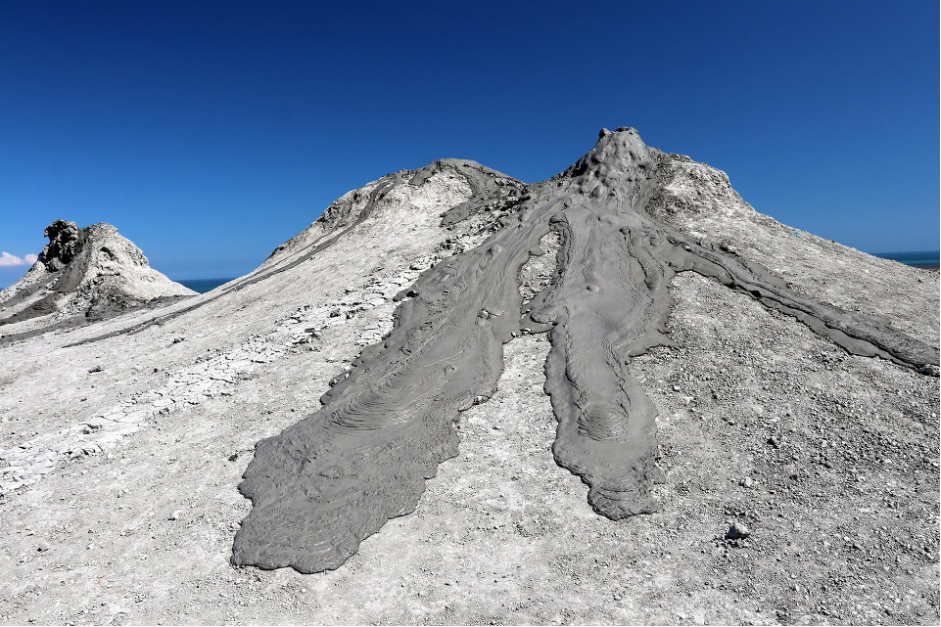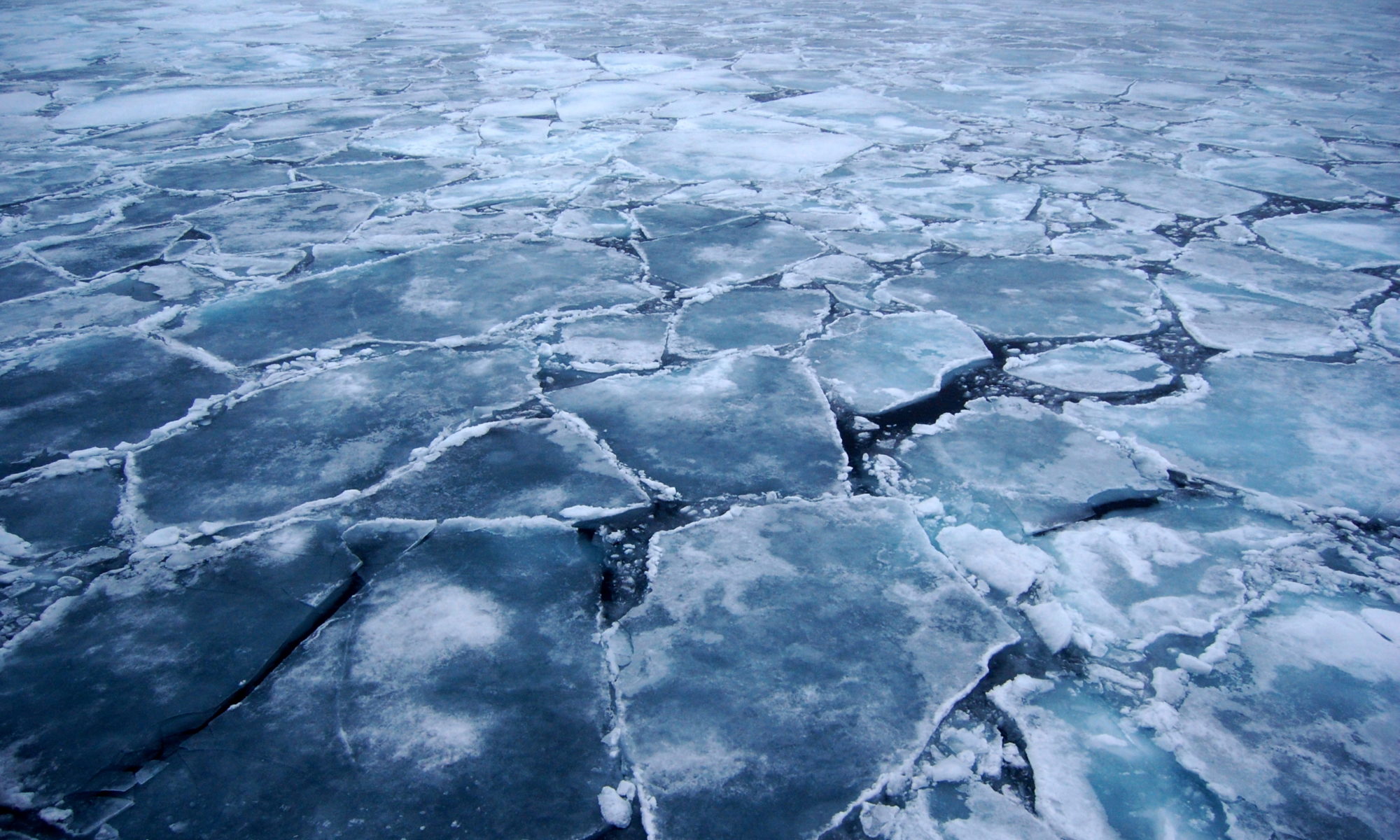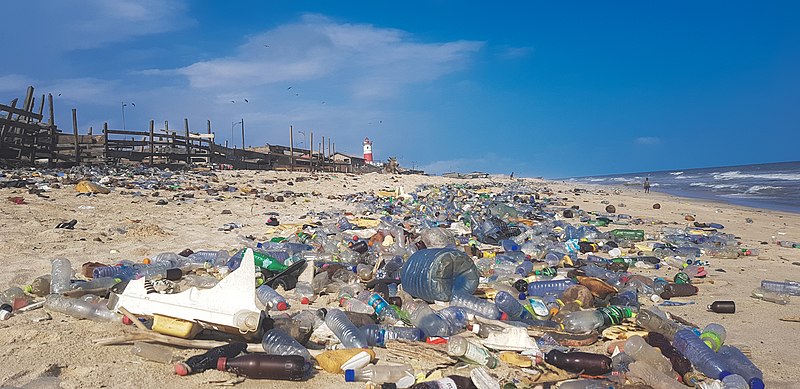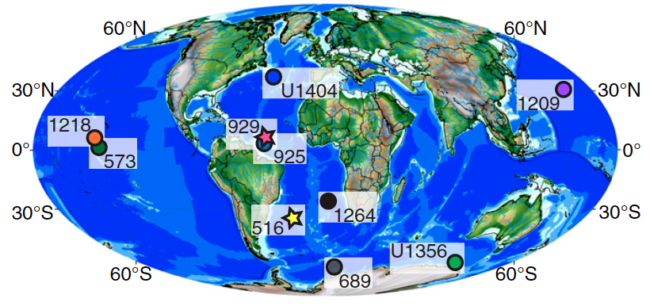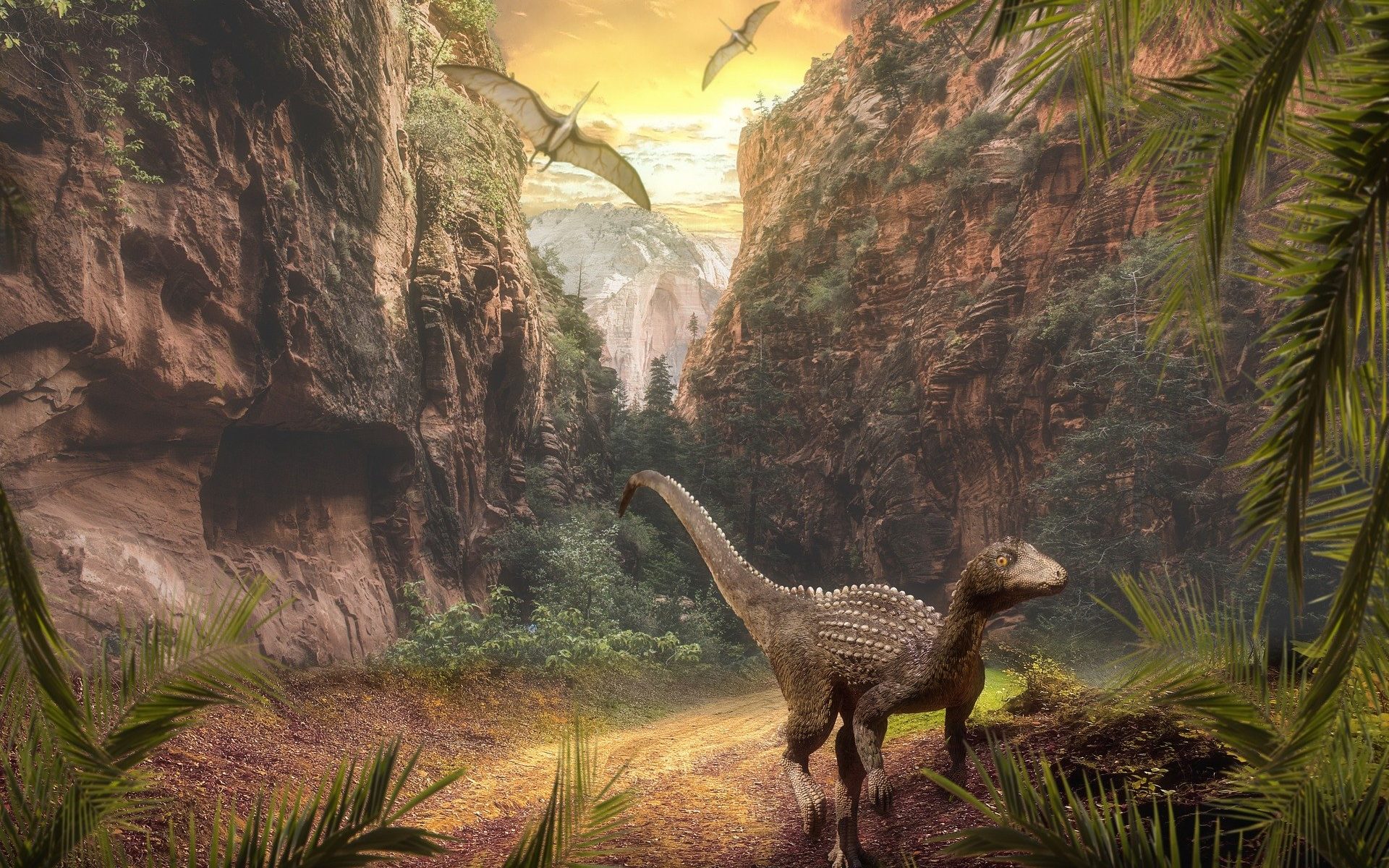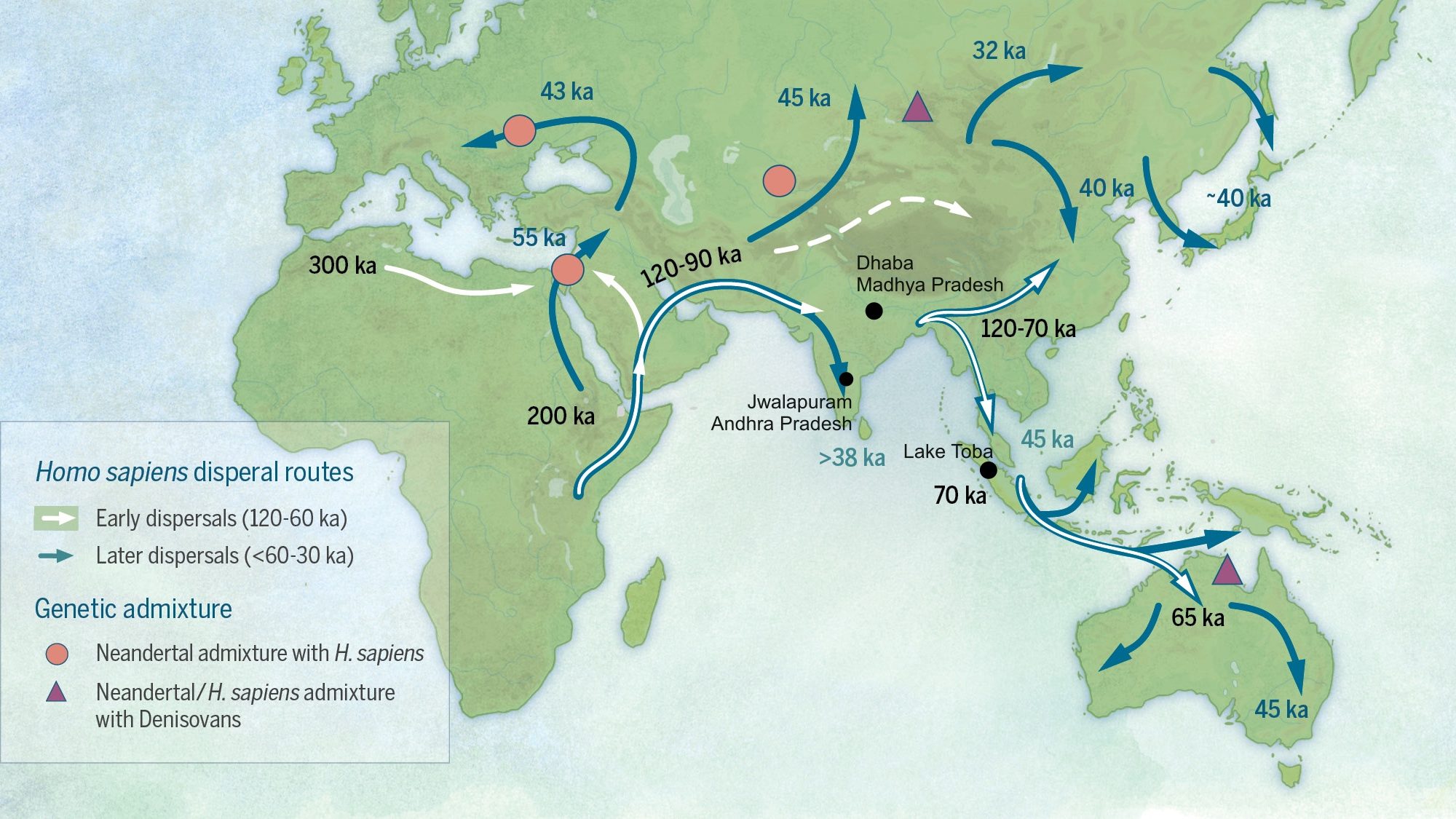Featured Image courtesy Yannis Papanastasopoulos, Unsplash.
Paper: Atribacteria reproducing over millions of years in the Atlantic abyssal subseafloor
Authors: Aurèle Vuillemin, Sergio Vargas, Ömer K. Coskun, Robert Pockalny, Richard W. Murray, David C. Smith, Steven D’Hondt, William D. Orsi
If you, like me, imagine the seafloor to be inhabited by strange, mysterious creatures like vampire squids and goblin sharks, think again: bacteria continue to surprise us with their resilience in the oddest of environments. Scientists have detected microbes living in the mud and rocks on the seafloor, but we don’t know much about them. Are they alive? How do they get energy in such a nutrient-poor environment? Given the inhospitable conditions in the sub-seafloor, scientists have thought that most of these microbes were close to the energy limit for life, which is an estimate of the minimum amount of energy required to sustain life as we know it. For this reason, we’ve assumed that subseafloor microbes die faster than they grow because there simply isn’t enough energy in the deep sea to sustain life long-term.
Continue reading “Deep Sea Bacteria have Thrived for Millions of Years”


